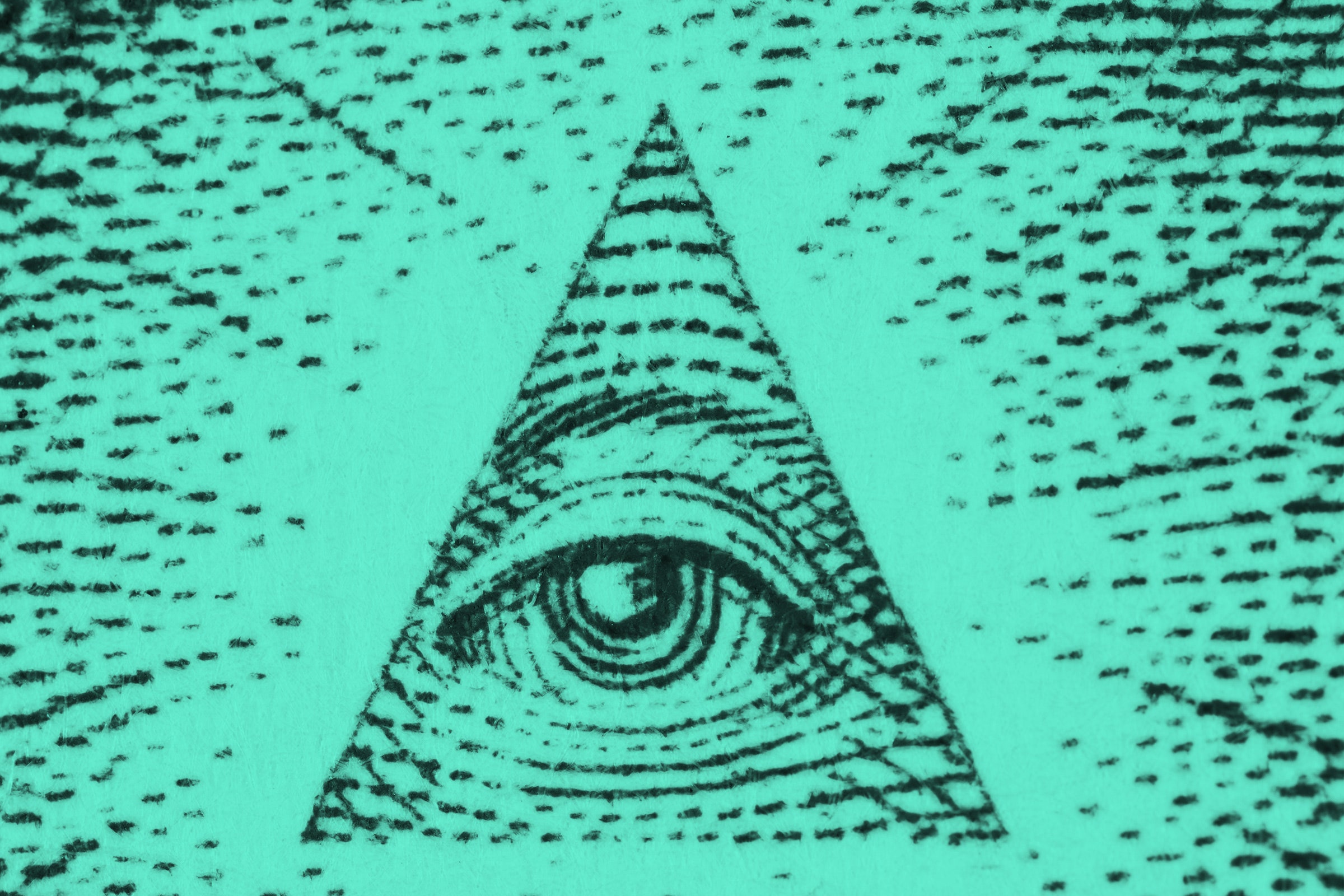Conspiracy theories have been around as long as conspiracies. Julius Caesar was the victim of a conspiracy and Nero, his distant successor, was the victim of a conspiracy theory after Rome burned.
I define a conspiracy theory as a secret plot by powerful groups or individuals for their own benefit – and they are everywhere. Aliens built the pyramids, the Apollo missions never landed on the moon, climate change is a hoax, Princess Diana was killed by the Queen, the U.S. government planned the 9/11 attacks. And then there’s Big Pharma, Bohemian Grove, 5G, the Learned Elders of Zion etc.

Conspiracy theories are not all harmless; they’re more than idle gossip at cocktail parties about who killed Kennedy or who probed whom at Area 51. Underlying most theories is deep distrust mostly aimed at governments or corporations, and can lead to witch hunts and more. In a 2018 survey by the Ontario Science Centre 45% of Canadians think that the science behind global warming is still unclear. More alarmingly, 19% of Canadians think there is a link between vaccines and autism, a claim which has long been disproven.
Early in the COVID-19 days there were a lot of unanswered questions because scientists and health care workers simply didn’t know the answer. There just wasn’t enough data to answer questions about the infectiousness or the morality rate of the virus and this void led to an increase in misinformation from unqualified sources.
On March 19, 2020 the website biohackinfo.com falsely claimed that Bill Gates is working on a vaccine that would also contain microcapsules and quantum dot spy tattoos to track people. A few days later YouTube videos started circulating with this conspiracy theory, one of which was seen by Roger Stone, a former advisor to U.S. President Donald Trump. In April, Stone did a radio interview where he brought up this conspiracy theory and said he would never trust a vaccine that was funded by the Gates Foundation. The interview was covered and published by the New York Post who did not debunk the claim. That Post article was liked, shared, or commented on by almost a million people on Facebook over the next few days.
Historically the news that reaches us has been vetted through filters of journalists, editors, and producers. With the advent of the internet and laterally social media, users are able to self-publish in a way that can be seen instantly by millions of like-minded people across the globe (no, the earth is not flat). These filters have been lost as most social media platforms prioritize user engagement over fact checking.
So why do people believe in conspiracy theories? Conspiracies definitely do exist (think Watergate or MKUltra), but are there really puppet masters pulling our strings setting up a world of lies from which most of us are unaware? Is it the Illuminati? Intergalactic shape-shifting lizards? Some kind of Deep State? The answer is much closer to home, there is no “them”, it’s us. Rather it’s you. Rather, it’s your brain.
Psychologists, sociologists and philosophers have been studying conspiracy theorists for many years to try to identify why certain people choose to not accept the traditional explanation for an event.
In 2011 Political Scientists Joseph Uscinski and Joseph Parent from the University of Miami scrutinized more than 100,000 letters to the editor from the New York Post and Chicago Tribune looking for evidence of conspirational thinking from 1897-2010. What they discovered is that conspiracy theories are linked to politics and power. In years that a Democrat president was in the White House, most conspiracy theories were about left-wing politics or communism. When a Republican president was in charge, the theories switch to being about right-wing politics or big business. They concluded that power asymmetry is one of the leading causes of conspirational thought.
Psychologists have also noticed some similar cognitive flaws in conspiracy theories. One is called the “Proportionality Bias”. This is the belief that if a large event happens, it must have a large explanation. One example is the assassination of John F. Kennedy. The official explanation is that he was shot by Lee Harvey Oswald from the Texas Book Depository. The death of a U.S. President is a large event and the official explanation of a lone gunman in a 4th floor window is hard for some people to accept. A conspiracy theory involving the CIA, Fidel Castro, or the Soviets is much more satisfying, even if it is wrong. Compare this to the attempted assassination of Ronald Reagan in 1981. Since Reagan survived it is a much smaller event so a smaller explanation, again a lone gunman, is much easier to accept.
Another cognitive flaw is known as “Intentionality Bias”. Many people look for meaning or intent behind seemingly random things. Everything that happens is on purpose, everything has intent, there is no such thing as an accident. A recent study by Rob Brotherton at Barnard College gave participants several ambiguous statements such as “she kicked the dog”. He then went on to ask them questions about conspiracy theories. He discovered that the people who assigned intent to the first statement (she’s a mean person), where more likely to believe in conspiracy theories. Those who were less likely to apply intent to the first statement (it might have been an accident) were less likely to buy-in to conspiracy theories.
The best way to ensure you do not become a victim of conspirational thinking is to regularly examine your biases. Use rational thinking to look at your prejudices and your privileges. Only then will you know the truth that is out there.

Leave a Reply